Our Islands
Beyond Sandy Shores: Here’s What To Expect in The Turks and Caicos Islands!
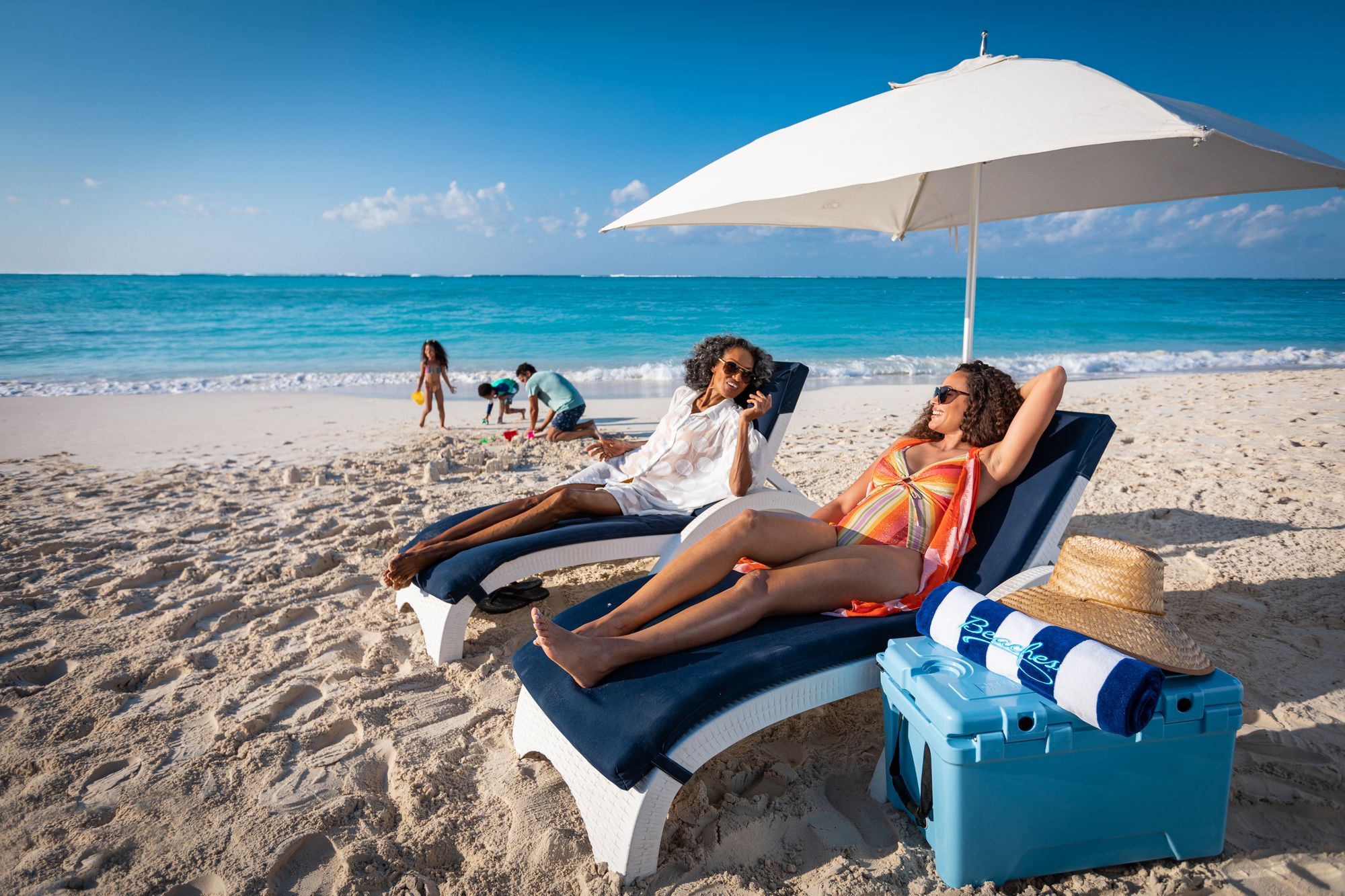
Located in the serene waters of the Caribbean, the Turks & Caicos Islands call out to travelers seeking warmth and natural beauty. Whether you’re dreaming of countless hours on the beach or a getaway focused on pure island relaxation, this destination promises a vacation that’s anything but ordinary.
But where to begin with a place that boasts over 40 unique islands and cays? Is island hopping worth adding to your itinerary? If you’re short on time, which island should you visit first? If these questions are on your mind, you’re in the right place! Here’s a guide to the most enchanting Turks & Caicos islands and what you can expect to find while there!

Good to know: Across the Turks & Caicos island chain, you’ll discover everything from scenic beaches to historic landmarks. Add in opportunities for diving, sailing, island hopping, or even an ATV adventure, and you’re set for what might just be your best vacation yet.
Table of Contents
About the Turks and Caicos Islands
Best Time to Visit Turks & Caicos
Cultural and Historical Significance
Providenciales (Provo): The Main Hub
Grand Turk: Historical Capital
North Caicos: The Garden Island
Middle Caicos: Natural Beauty Unleashed
South Caicos: Fishing and Island Serenity
Salt Cay: A Step Back in Time
Pine Cay: Remote Island Getaway
Parrot Cay: Celebrity Favorite
West Caicos: Untouched Wilderness
East Caicos: The Largest Uninhabited Island
Little Water Cay: Iguana Island
Planning Your Turks and Caicos Adventure
TL;DR: Key Takeaways from Our Turks and Caicos Island Guide
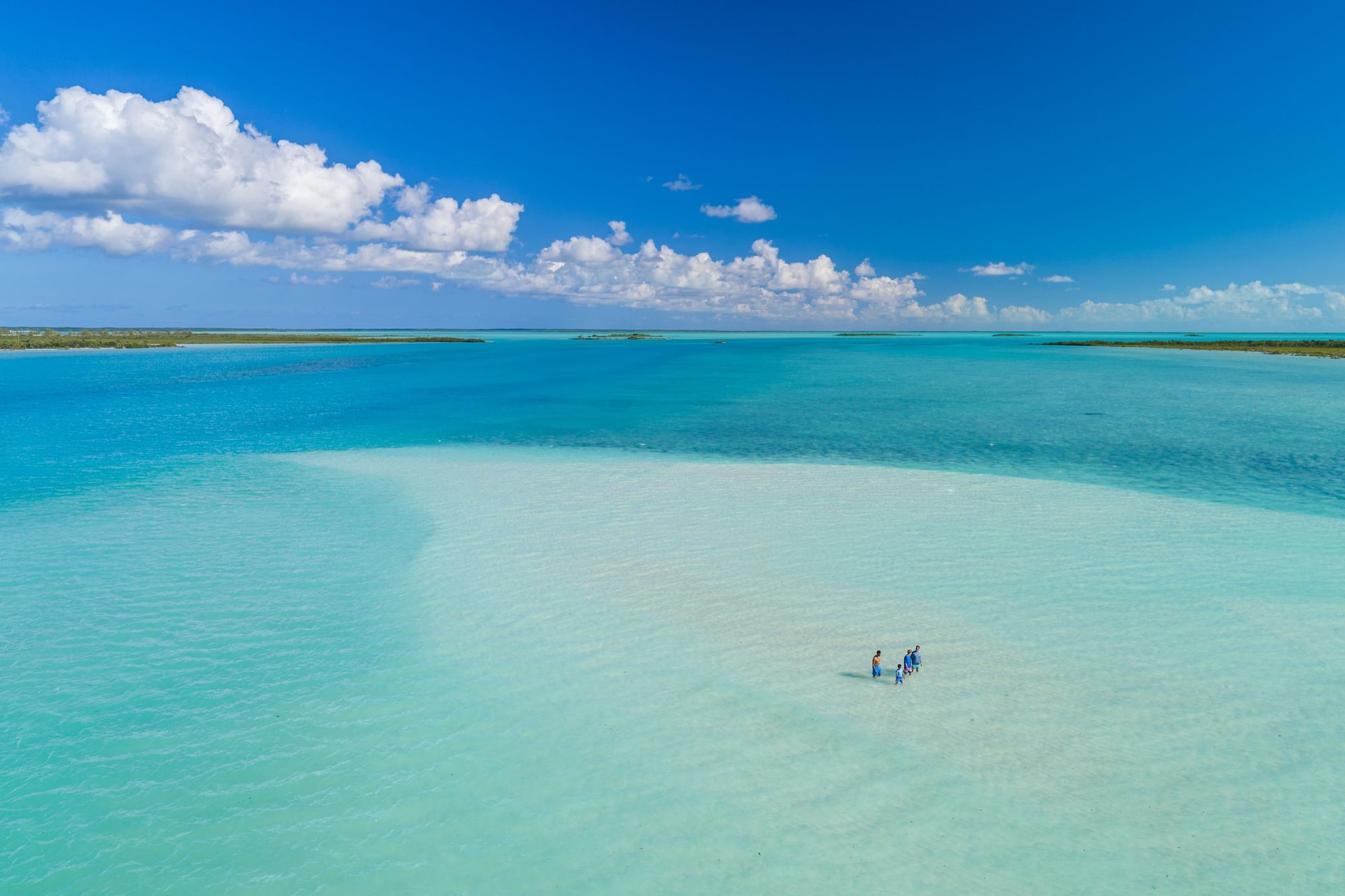
- Turks and Caicos consists of several different islands and cays
- Providenciales (Provo) is the most developed island and home to Grace Bay Beach
- Grand Turk, the capital, offers rich history and is a popular cruise ship port
- The islands boast some of the world's best beaches and diving spots
- Less developed islands like North and Middle Caicos are best for eco-tourism experiences
- Turks and Caicos is known for its excellent cuisine, especially fresh seafood and conch dishes
- The best time to visit is during the dry season (December to April)
- Conservation efforts are ongoing to protect the islands’ unique ecosystems and cultural heritage
About the Turks and Caicos islands
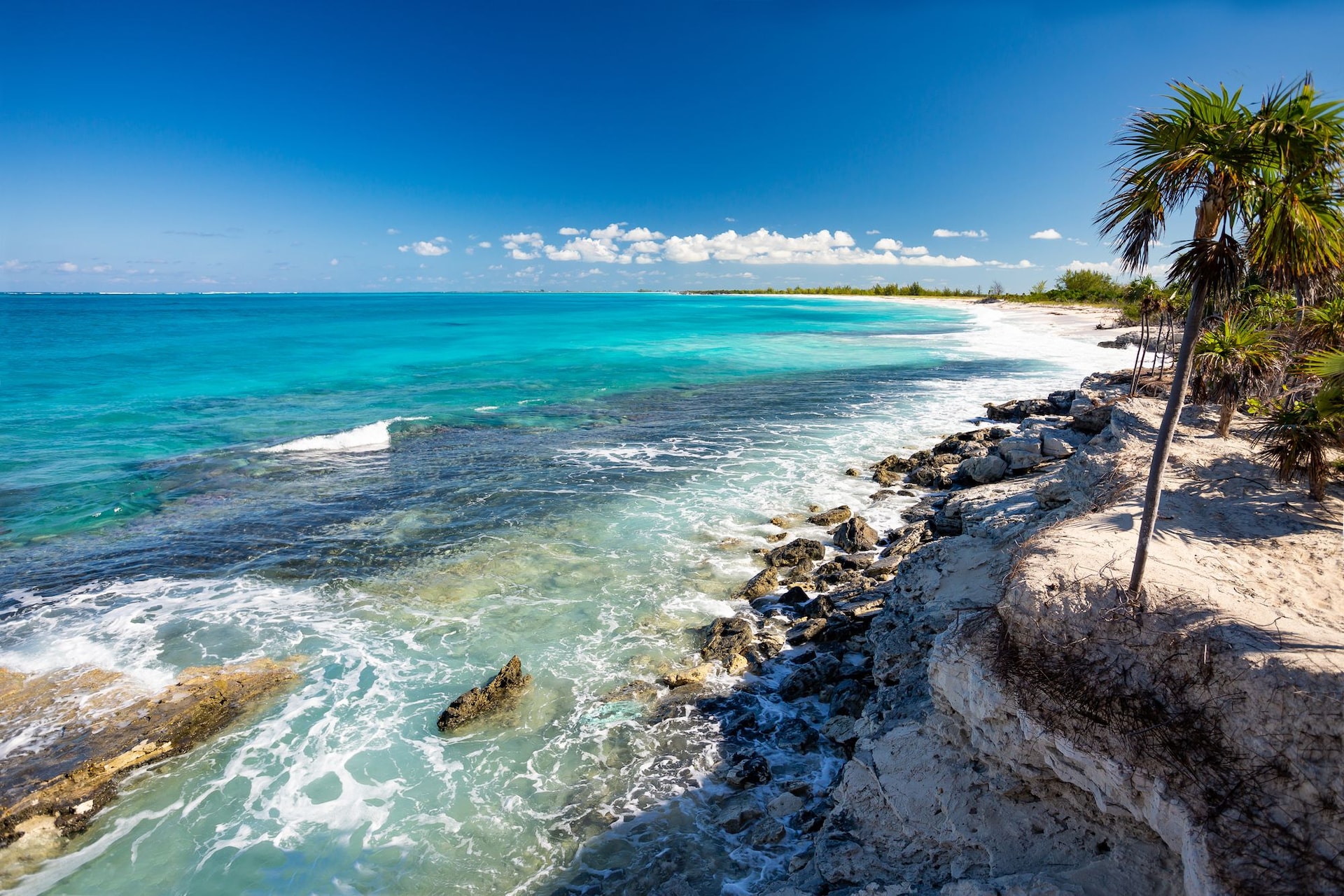
The Turks and Caicos Islands are a British Overseas Territory in the Atlantic Ocean, situated southeast of the Bahamas and north of Hispaniola. Known for some of the most breathtaking ocean views on the planet, these islands have earned their fame thanks to spectacular beaches like the world-famous Grace Bay Beach and world-class diving.
The Turks and Caicos Islands are divided into two main groups: the Turks Islands, including Grand Turk and Salt Cay, and the larger Caicos Islands. Together, they comprise over 40 distinct islands and cays, offering countless ways to explore. Most visitors get around by boat, just like the locals, though a few islands boast their own airports—Providenciales being the main hub. Sailing charters are a big hit, so if you really want to channel your inner sea captain, check out our tips on sailing in the Turks and Caicos.
Less than half of the Turks and Caicos islands are inhabited, which means you might just find yourself on a deserted cay, living your best “castaway with a fully stocked picnic” life. While you may feel like you're in the middle of nowhere, it’ll likely be one of the most unforgettable experiences you’ll ever have. On a broader scale, tourism is the backbone of the local economy, with the US Dollar being the currency of choice.
Good to know: While the Turks and Caicos islands use the US dollar, they also mint their own coins, the Crown, which is pegged to the USD at a 1:1 ratio.
The Turks and Caicos… geographically speaking
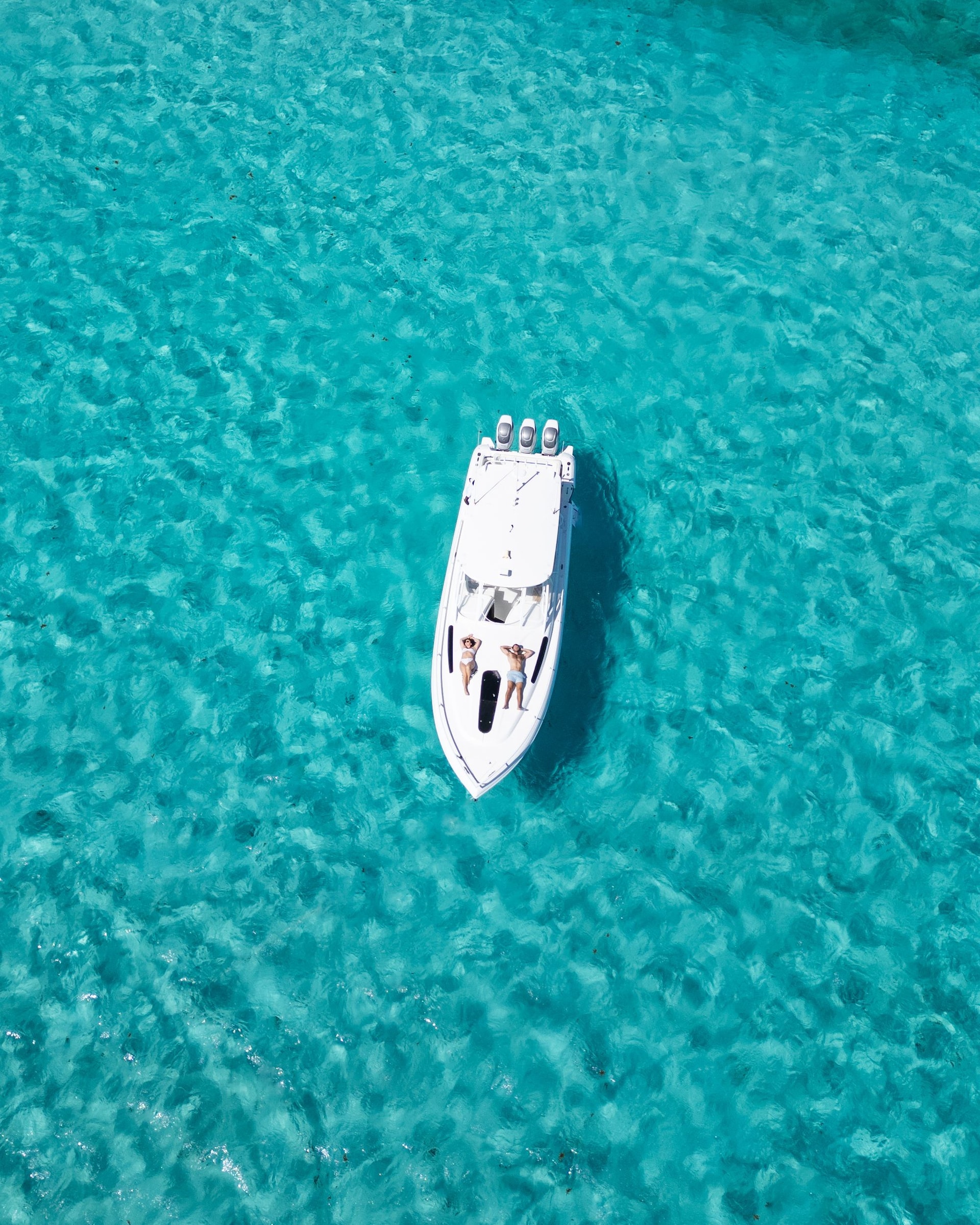
The Turks and Caicos lie southeast of The Bahamas and enjoy a tropical savanna climate. They are part of the Lucayan Archipelago, which also includes The Bahamas. Historically, there’s been plenty of movement between the people of these two destinations, creating a unique cultural blend. From Providenciales in the north to the more remote islands in the south, you’ll find a charming mix of Caribbean and British influences. The Turks and Caicos are in total, around 366 square kilometers (141 square miles).
Insider Tip: Want to get a head start on planning your Turks and Caicos getaway? Take a look at our Turks & Caicos vacation itinerary which includes guidance on when to go!
Must visit islands in the Turks and Caicos
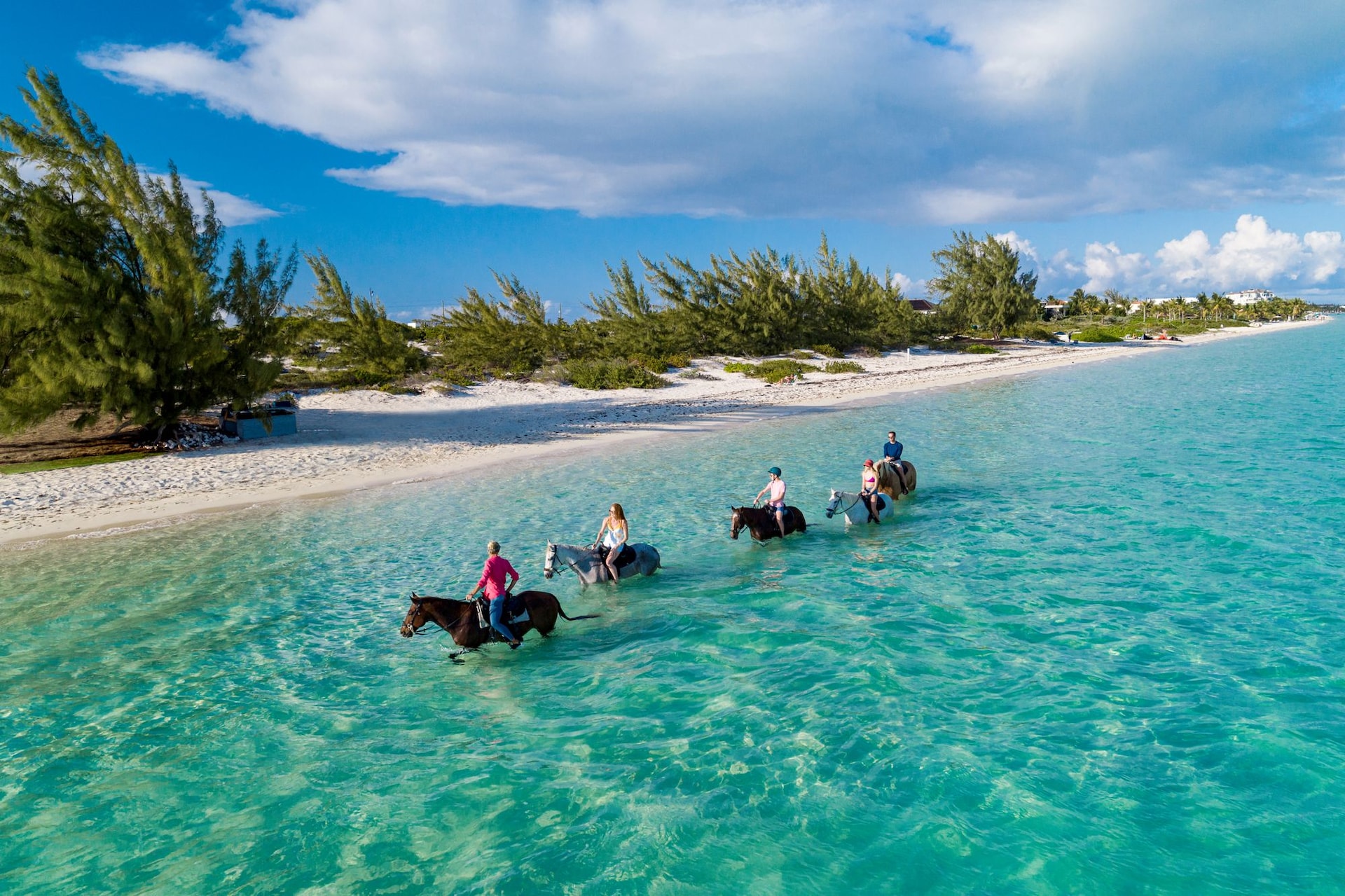
Alright, let’s dive into the islands. When it comes to the Turks and Caicos archipelago, “breathtaking” doesn’t even begin to cover it. Just picture it now… lush islands framed by aquamarine seas, teeming with marine life—a scene straight out of your “destination of a lifetime” dreams. From the vibrant Providenciales to the tranquil shores of Salt Cay, here’s a glimpse of what you can expect during your tropical getaway:
Providenciales (Provo)
Best for: A convenient island escape that’s at the heart of it all.
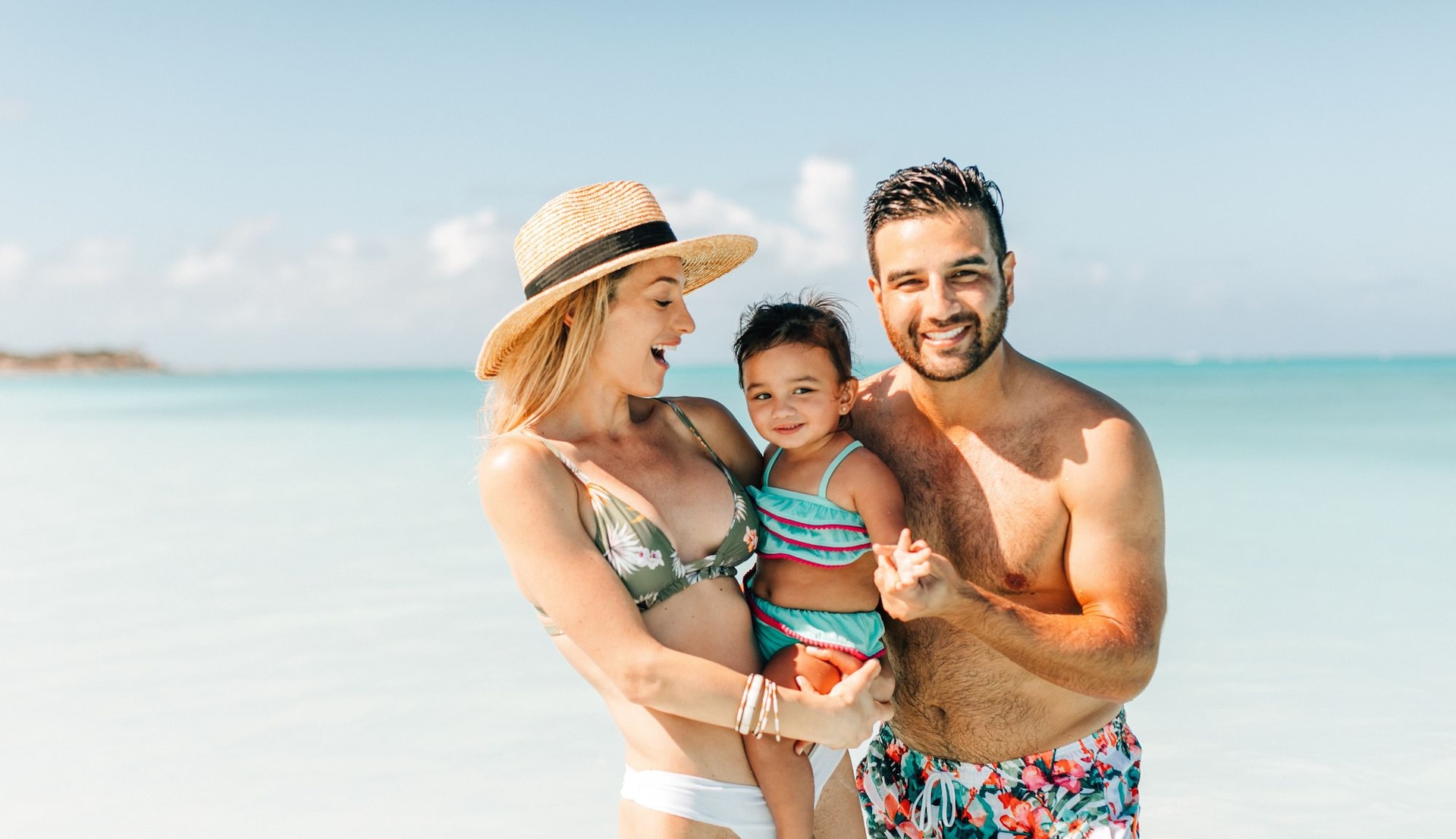
Providenciales is often referred to as “Provo” by the locals. This is one of the most populated islands in the Turks and Caicos, with around 23,769 people calling it home. Provo is where you’ll find the most happening restaurants, bars, beaches, and all-inclusive resorts in the Turks and Caicos. Whether you plan on island hopping or staying put, Provo is where many people start their journey in the Turks & Caicos. Home to the main international airport in this territory, Provo is loved for its exquisite beaches like Grace Bay Beach (7.5 miles long) on the northeast coast, high on the list of best beaches in the world.
Providenciales is the third largest island in the Turks and Caicos. This island has an area of 98 square kilometers (38 square miles). In Provo, you’ll find some of the best all-inclusive resorts in the Turks & Caicos including the family-friendly Beaches Resorts. And from this island, you’ll be able to make your way to most of the other islands and cays in the Turks & Caicos including North Caicos, which is connected to Providenciales via a causeway.
Aside from Grace Bay Beach, one of the most interesting attractions on Providenciales is the Chalk Sound National Park. Blue Hills, the highest point in the archipelago (161 feet above sea level), is also located on Provo.
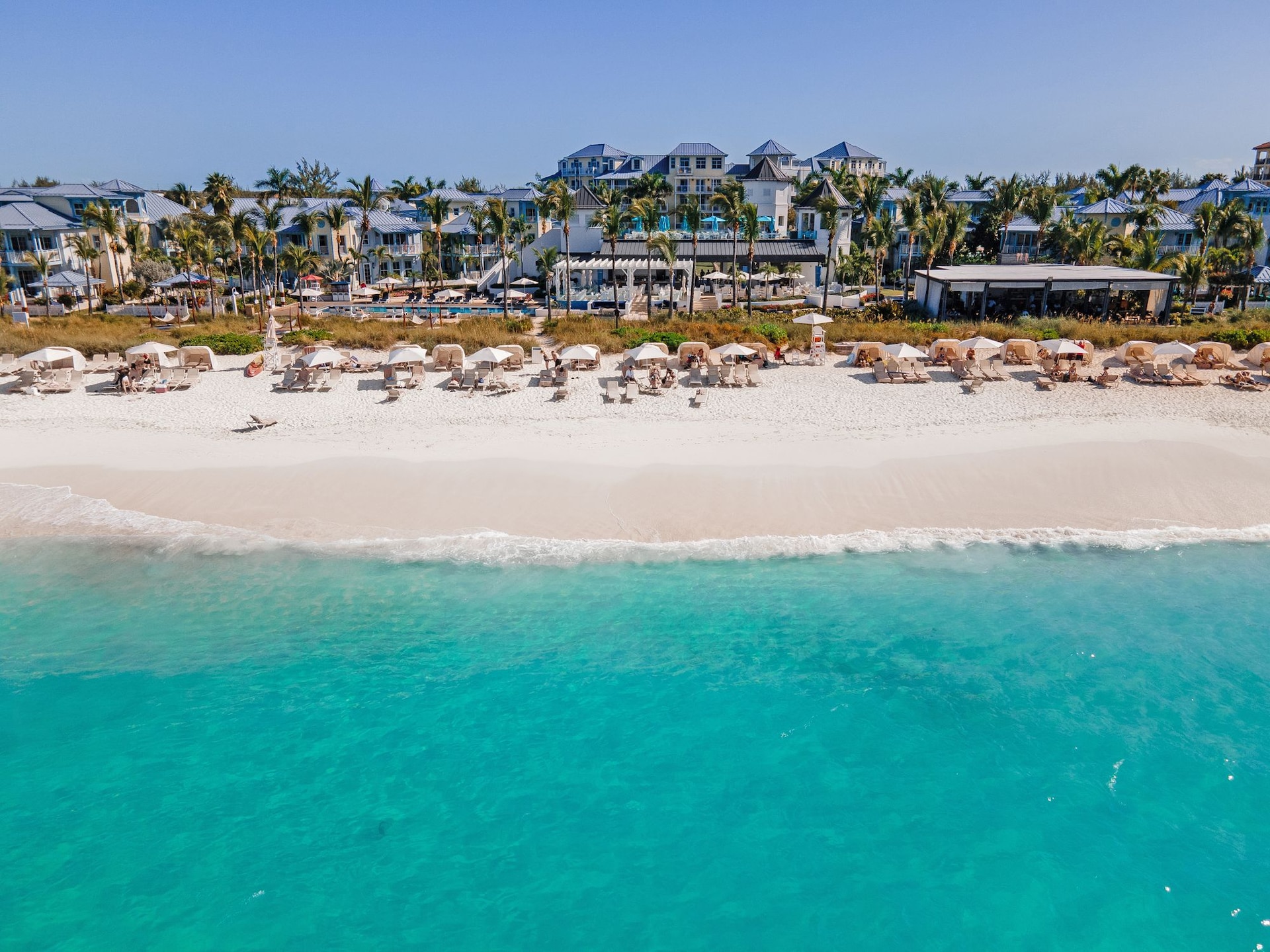
Picture: Grace Bay Beach is a true island gem. If you're planning a vacation in Turks & Caicos, we recommend spending at least a couple hours here. Beaches Turks & Caicos is located on the serene shores of this sprawling Caribbean beach.
Grand Turk: Historical Capital
Best for: A dose of ‘old Caribbean’ near the ocean.
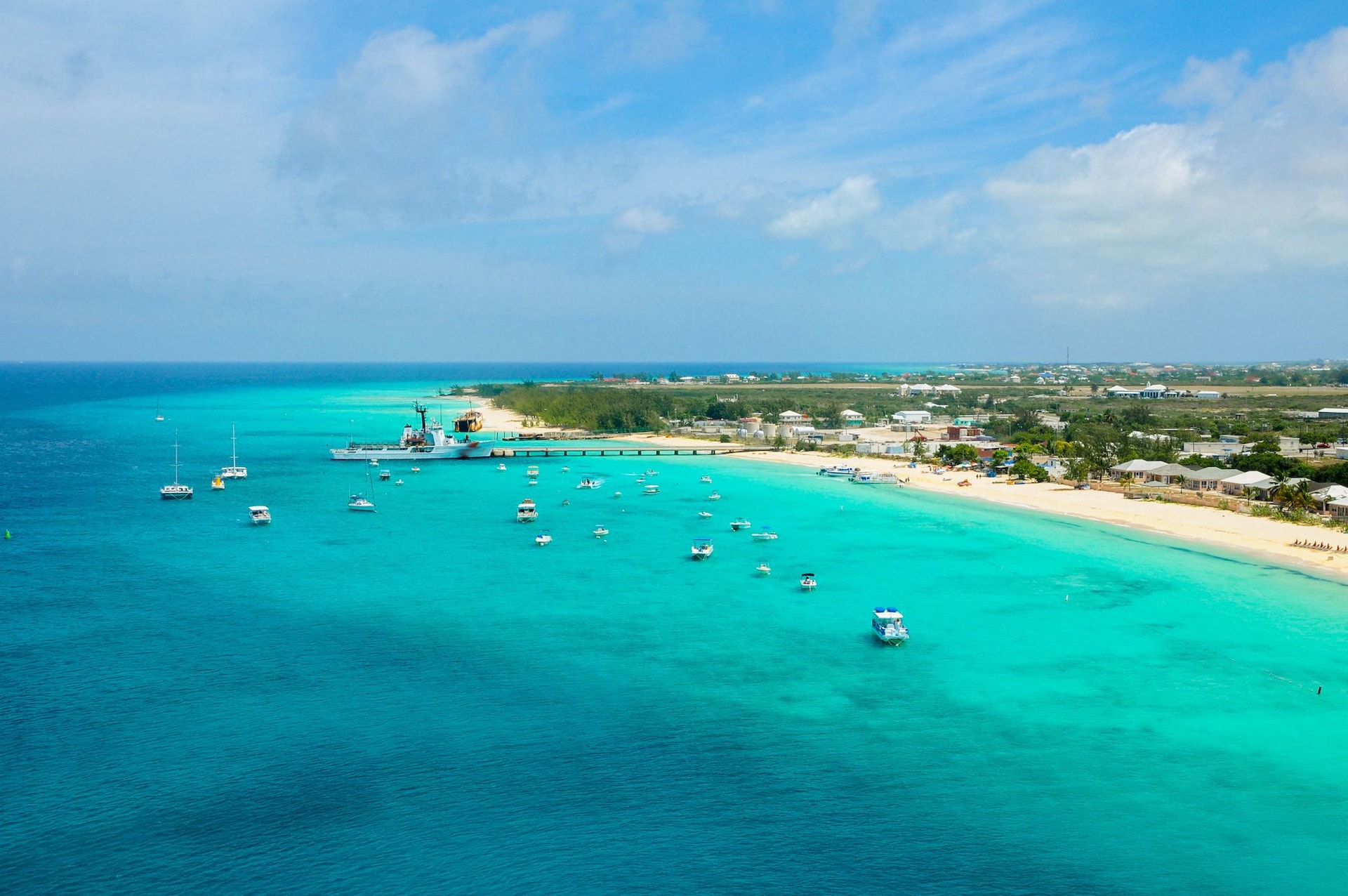
Measuring just seven square miles, Grand Turk is surprisingly packed with history. You can see this for yourself as you explore this island with a population of 4,831 people. Grand Turk is the capital of the Turks and Caicos islands and it’s a popular cruise ship destination. With both its historical charm and natural beauty, there’s much to explore in this historical Caribbean capital.
While exploring Grand Turks, take a minute to slow down and get a closer look at the historic colonial architecture. Savor every minute spent on the beaches, and say yes to new adventures, whether that’s diving or sailing. Many visitors make a point of visiting the quaint Cockburn Town while on this island, as it’s the main settlement. Though Grand Turks is the capital of the Turks and Caicos Islands, you’ll literally feel as though you’ve stepped back in time as you explore this town. And, if you want to take things even further back, you can visit the Turks and Caicos National Museum where you’ll be able to find artifacts from the Molasses Reef Wreck.
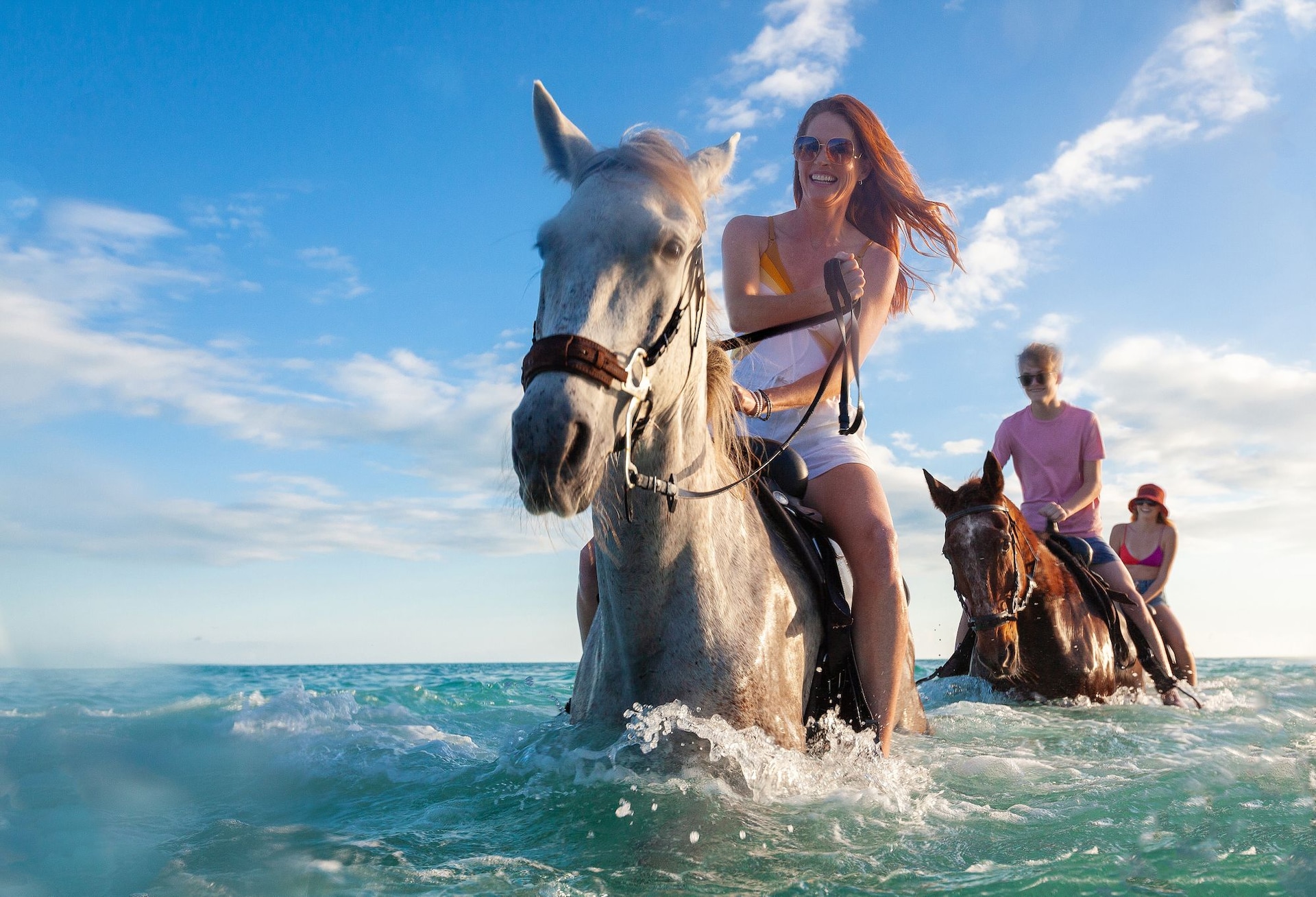
Picture: During your vacation, you can add horseback riding in the ocean to your list of things to do in the Turks & Caicos.
North Caicos: The Garden Island
Best for: Lovers of nature and serene island perspectives.
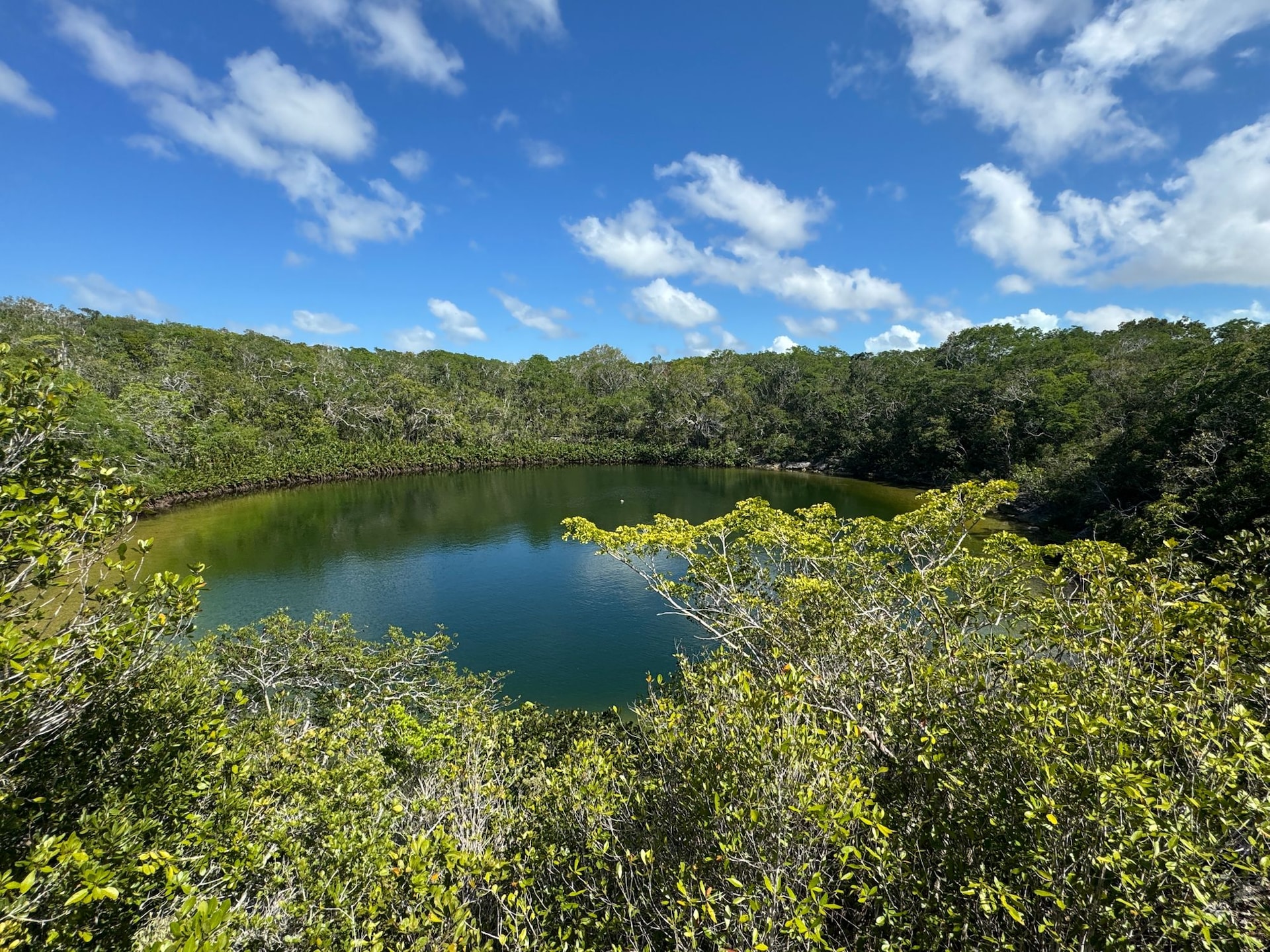
Explore the rural and traditional way of life in the Turks and Caicos islands on North Caicos. This island is connected to Middle Caicos by a causeway and both islands are starkly less developed than Providenciales. North Caicos is often referred to as the “Garden Island” and we’ll explain why in a bit. Learning about the farming community on this island can be a plus during a visit. Added to that, this island is home to the largest cave system in The Bahamas-Turks and Caicos archipelago.
North Caicos is around 116.4 square kilometers (44.9 square miles). This is the rainiest island in the Turks & Caicos, with about 41.3 inches of rain annually. This comes together well for this island as North Caicos is also known for its fertile soil and diverse ecosystems. The population of this island is small (around 1,500 people), so if you’re looking to experience a more authentic, less touristy side of Turks and Caicos, North Caicos is the place to be.
Good to know: Some of the most popular attractions on North Caicos include Mudjin Harbour, the Flamingo Pond Nature Reserve where you can see West Indian Flamingoes, the Pumpkin Bluff Pond Nature Reserve, or Cottage Pond (pictured above) before returning to Providenciales in the evening.
Middle Caicos: Natural Beauty Unleashed
Best for: Exploration, wildlife scoping and striking island vistas!
Middle Caicos is one of the largest islands in the Turks and Caicos and it is well known for its towering limestone cliffs and vast cave systems. This island is home to Conch Bar Caves on the north coast. The Conch Bar Caves system extends over 1.5 kilometers (0.93 miles) and the caves are home to several bat species and unique cave-dwelling creatures.
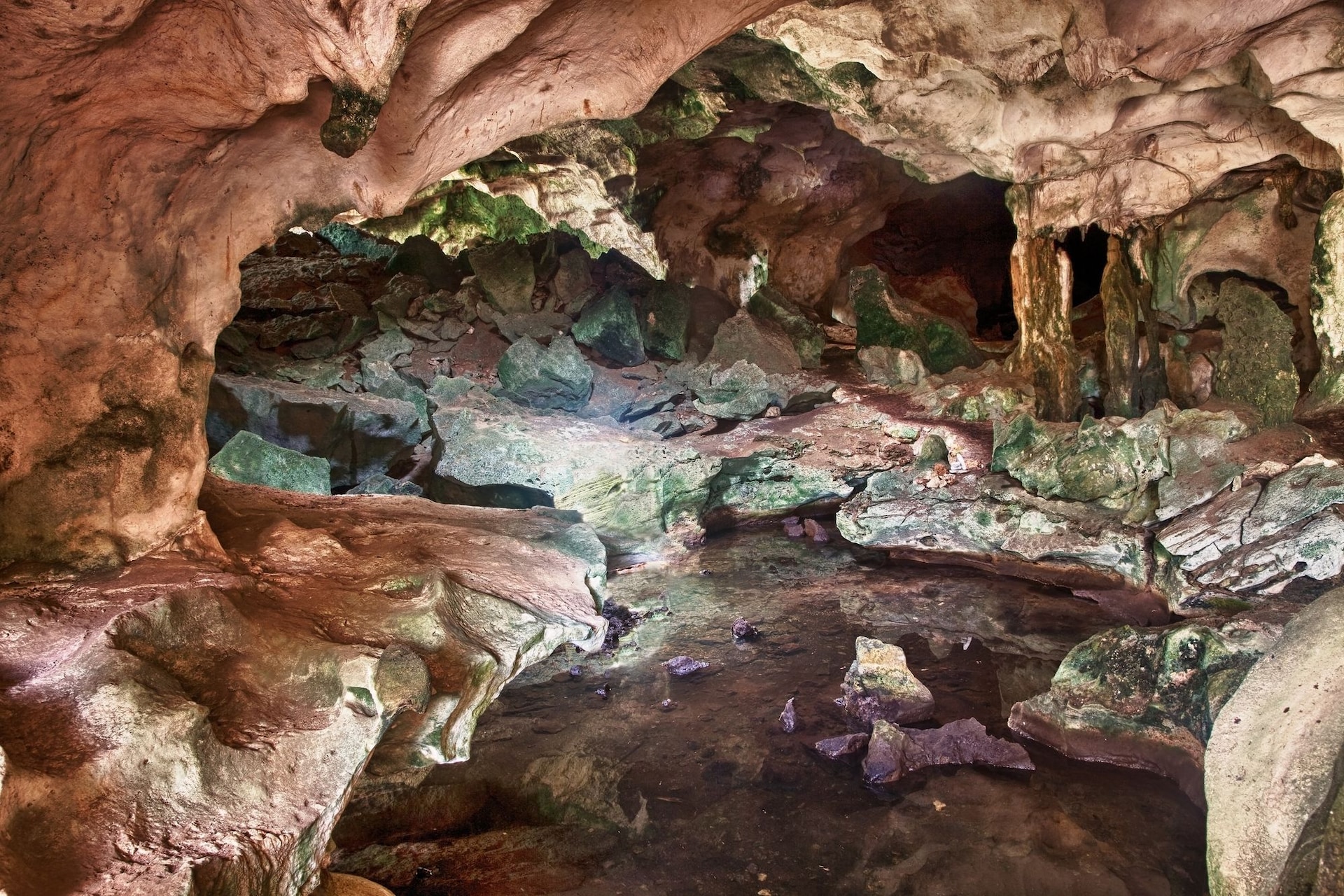
Within the Conch Bar Caves, you’ll not just find stalactites and stalagmites, but also petroglyphs left behind by the indigenous Lucayan people. Guided tours of the caves are available. There are other unique geological features on Middle Caicos as well including the “boiling holes” that dot the coastline.
But that isn’t the limit of the exploration on Middle Caicos. Far from it! This island is around 55.6 square miles and has some of the most extensive wetland systems in the Caribbean. While there, visit attractions like Mudjin Harbor with its half-moon beach and dramatic limestone cliffs and The Crossing Place Trail, an 18th-century footpath along the north coast. Middle Caicos has a population of just around 300 people. This makes it one of the least populated islands in the Caribbean.
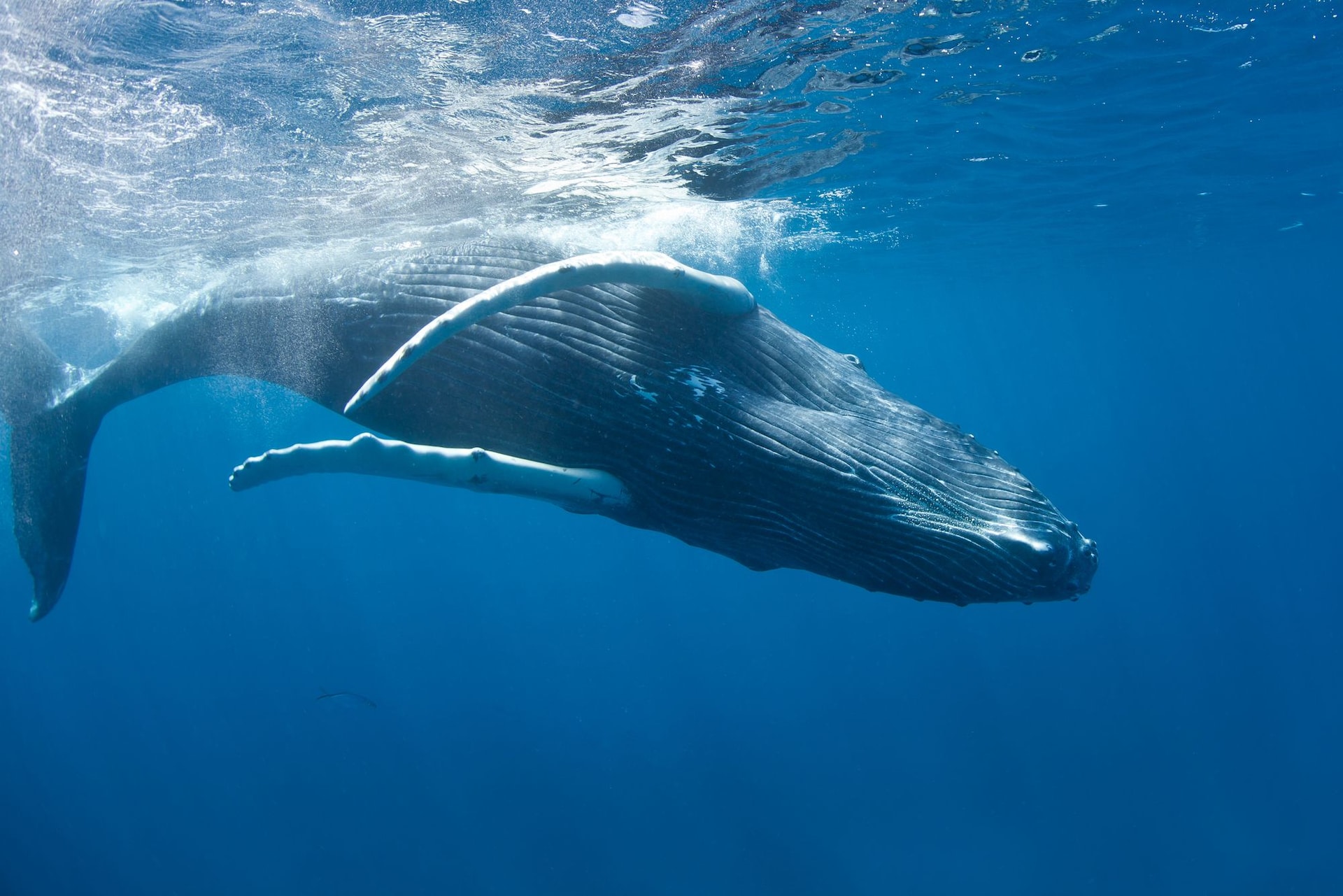
Picture: The waters off Middle Caicos are part of the Columbus Passage, a major migration route for humpback whales. You can get to North and Middle Caicos from Providenciales in the Turks & Caicos by ferry.
South Caicos: Fishing and Island Serenity
Best for: Visitors who want the best of both worlds -- authentic island life and tranquil experiences.
For some, South Caicos is known as “The Big South”. This was once the salt production capital of the Turks and Caicos islands. Today, this island is more well known for its thriving fishing industry. The beaches, diving, and experiencing rich marine life are great reasons to visit, especially if you’re looking to experience the best of Turks and Caicos’ natural beauty.
South Caicos is about 21.2 square kilometers (8.2 square miles). Some of the top attractions on this island include Long Beach which stretches for over 3 kilometers (1.9 miles). Sometimes when you visit this beach, you’ll find that you’re the only one there. It’s a feeling that should be experienced at least once!
Diving is also a great reason to visit South Caicos. There are several dive sites in the waters around Long Beach with walls, reefs, and wrecks to explore including a British warship! The salinas on South Caicos are also worth seeing up close. These are important habitats for migratory birds and are part of the East Caicos and South Caicos Wetlands of International Importance.
Good to know: South Caicos is becoming more popular for kiteboarding due to its consistent trade winds so it’s a wonderful spot in the Turks and Caicos islands to try this out!
Salt Cay: A Step Back in Time
Best for: Vacationers looking for a tranquil escape and a taste of old-world Caribbean life.
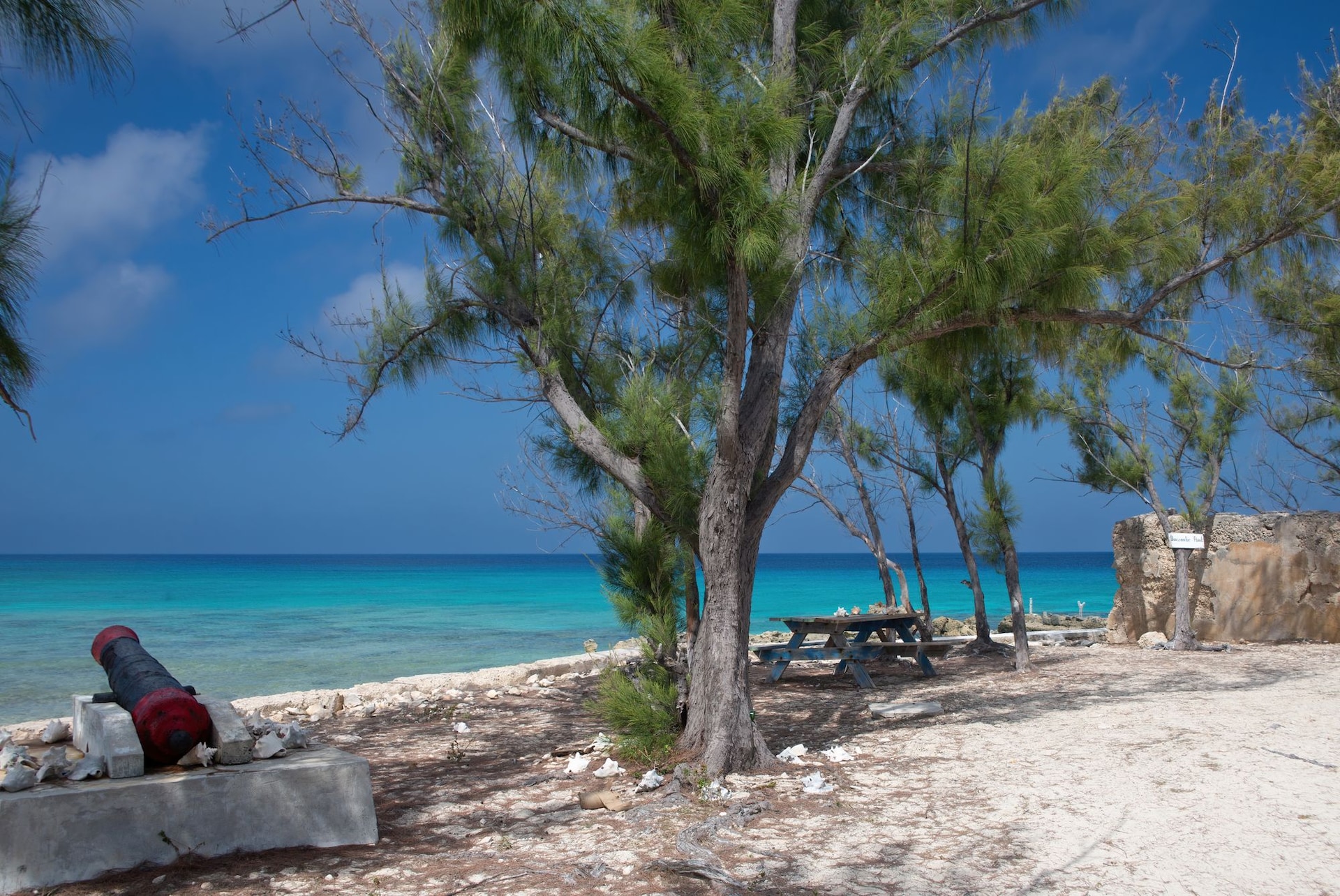
At just 2.6 square miles (6.7 square kilometers) and with a population of around 100 people, Salt Cay is one of the smallest inhabited islands in Turks and Caicos. This island is high on the must-visit list for many vacationers as it offers unique natural experiences and a chance to step back in time. Salt Cay has somehow managed to preserve much of its 18th and 19th-century charm.
Once the largest salt producer in the world, there are many points on this small island where you’ll be able to see remnants of this. While in Salt Cay, make a point of going to see the White House, built in 1835. This is one of the best-preserved examples of colonial architecture in the Caribbean. Also, don’t miss a chance to visit North Beach.
Salt Cay is also immensely popular with the whale-watching crowd. Between January to April this island becomes one of the best spots in the world to observe North Atlantic humpback whales during their annual migration through the Turks Head Passage located nearby. Whale watching tours in the Turks & Caicos typically last 3-4 hours.
Pine Cay: Remote island getaway
Best for: Celebrity sightings and a chance to unwind on island time.
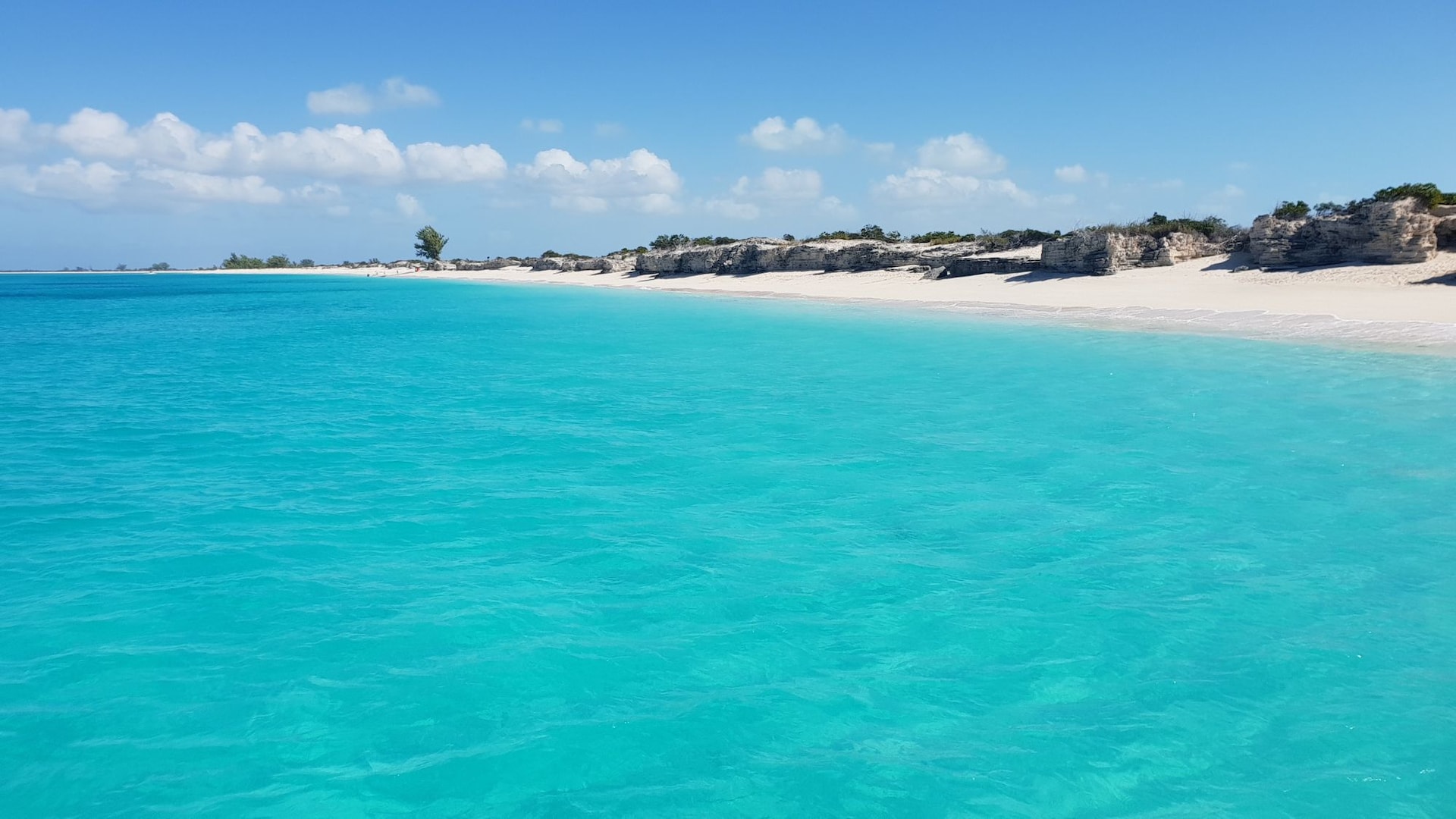
Given that the Caribbean pine trees are what gave this cay its name, it’s not surprising that Pine Cay is as lush and captivating as it is. This small, privately owned island is well known for its beaches and laid-back ambiance. For a more secluded island exploration, visiting Pine Cay can be a good idea in the Turks & Caicos. This isle is around 3.2 square kilometers (1.2 square miles) and features a 2-mile-long beach of powdery white sand. There aren’t any cars on this small island, and most people get around on golf carts and bicycles.
Some people see Pine Cay as a celebrity retreat, and this might be because quite a few famous faces have been spotted there in the past. This island is around 1.5 square miles and was previously known as Pirate Cay before being developed as a nature-based resort. Pine Cay can be a good place to dive as the waters surrounding this island are part of the Princess Alexandra National Park in the Turks and Caicos.
Good to know: Pine Cay is powered by a combination of solar energy and generators. Water is sourced via a natural underground reservoir.
Parrot Cay: Celebrity Favorite
Best for: Spending a few hours on serene beach shores.
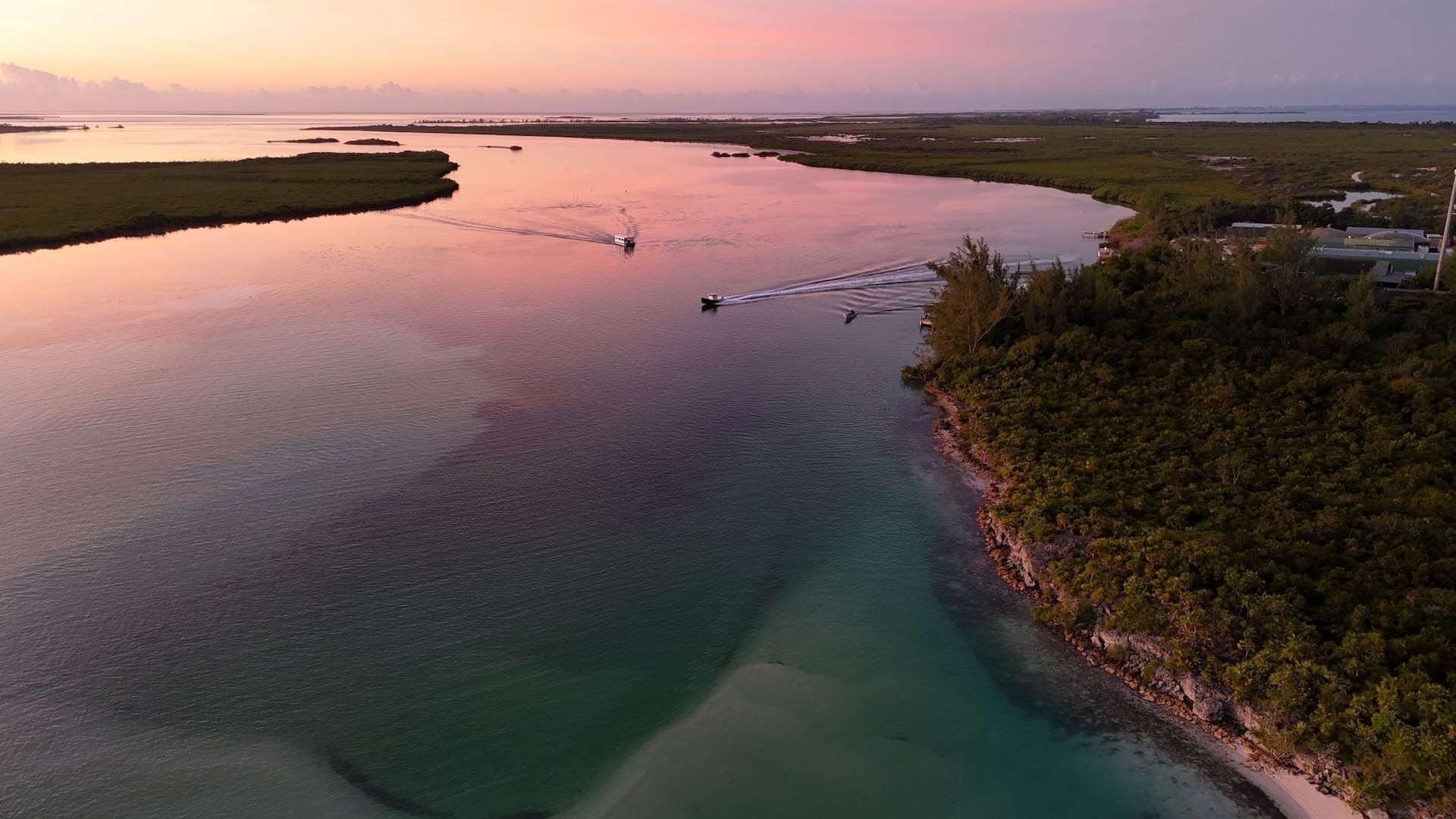
Much like Pine Cay, Parrot Cay is a gem of the Turks & Caicos, renowned as a resort island. A haven for VIPs, its shores have welcomed many famous faces. Parrot Cay is cherished for its radiant beaches, secluded charm, and the allure of private mansion rentals. Though it is a private island, the beaches remain public, making it a worthwhile stop during your visit to the Turks & Caicos.
West Caicos: Untouched wilderness
Best for: Pressing the reset but and exploring secluded beaches in the islands.
If you really want to get away from it all, then spend some time in West Caicos during your Turks and Caicos getaway. Part of the Caicos Islands, this is the westernmost island in this territory, and it is largely uninhabited. At just around 11 square miles, this island is known and loved for its serene beaches, diverse wildlife, and historical ruins that provide a glimpse into times past. West Caicos is ideal for spending time in nature, getting close to wildlife, and exploring diverse ecosystems.

While on West Caicos, you can visit Lake Catherine, a freshwater lake that’s home to a variety of bird species. You can also dive into the waters surrounding West Caicos which are part of the West Caicos Marine National Park. Divers love the clarity of the water in this area and the abundant marine life. Back on land, you might spot flamingoes and herons while exploring the island. Sightings of nesting sea turtles (hawksbill and green sea turtles) and endangered Turks and Caicos rock iguanas are also common here.
Good to know: While on West Caicos, scope the ruins of Yankee Town, a 19th-century settlement. This includes the remains of old buildings, a railroad used to transport sisal, and the ruins of a sisal processing plant.
East Caicos: The largest uninhabited island
Best for: An adventure packed day in the Turks and Caicos.
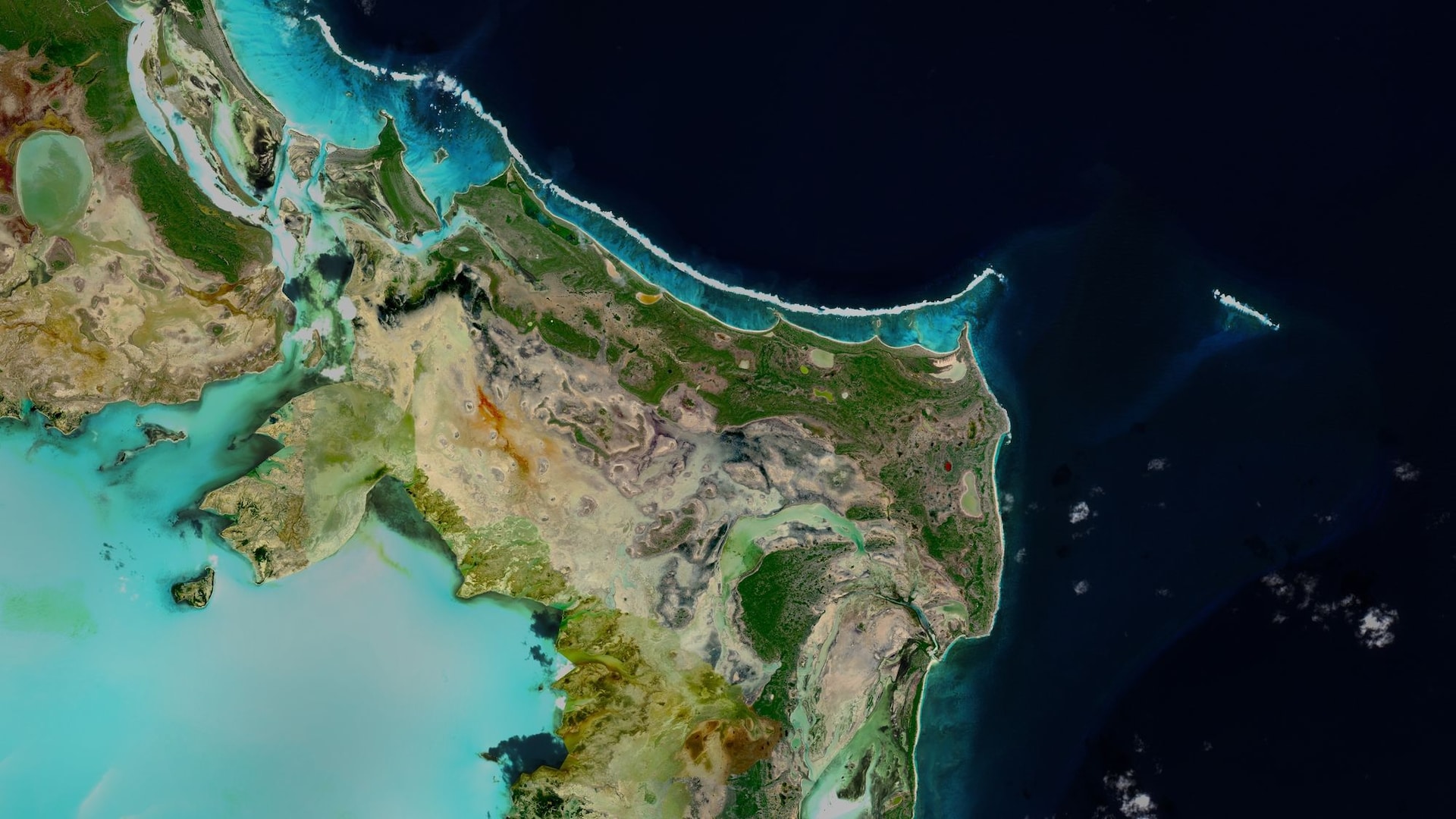
East Caicos is not just the largest uninhabited island in the Turks and Caicos Islands, but in the Caribbean. This island measures around 48 square kilometers (18.5 square miles) and it’s a choice location for exploration in the islands with mangroves, swamps, hidden caves, and captivating beaches. East Caicos was inhabited for a short period in the 1800s for sisal production and guano mining but has returned to its mostly untouched state. This island can be a bit challenging to get to, but if you’re looking for a real off-the-beaten-path adventure and even a location conducive to engage in scientific research while in the Turks and Caicos islands, this is it.
Good to know: East Caicos has the largest continuous mangrove system in the Turks and Caicos islands, and it is also home to the highest point in the TCI, Flamingo Hill. This peak stands at 156 feet above sea level.
Little Water Cay: Iguana Island
Best for: A scenic stopover or picnic while exploring the Turks & Caicos islands.
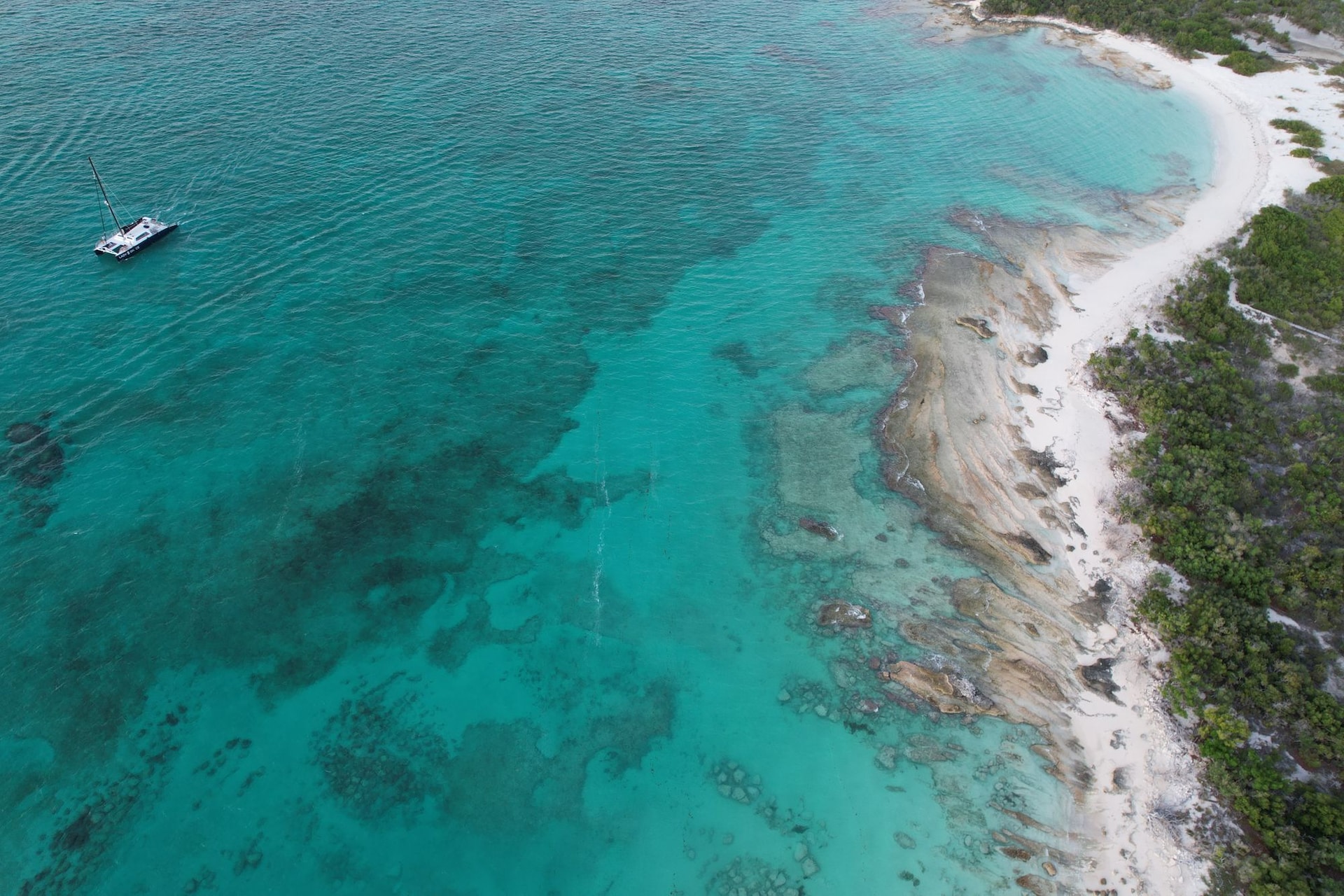
Little Water Cay, also known as Iguana Island, is a must-see in the Turks & Caicos. An exceptional choice for a dive vacation or simply a peaceful boat charter stop, this tranquil cay is just 499 yards (456 m) from Providenciales. Accessible by kayak or tour boat, it’s part of the Princess Alexandra Nature Reserve. While currents can occasionally be strong, the area is popular with visitors, and assistance is often nearby.
Little Water Cay is part of the Caicos Cays and there's a beach that connects this cay with Half Moon Bay, Water Cay, and Pine Cay. If you decide to visit Little Water Cay while in the Turks and Caicos, you'll find a small tour dock, a welcome center, and nature paths, all of which make this spot a scenic and memorable stopover.
Best time to visit the Turks and Caicos islands
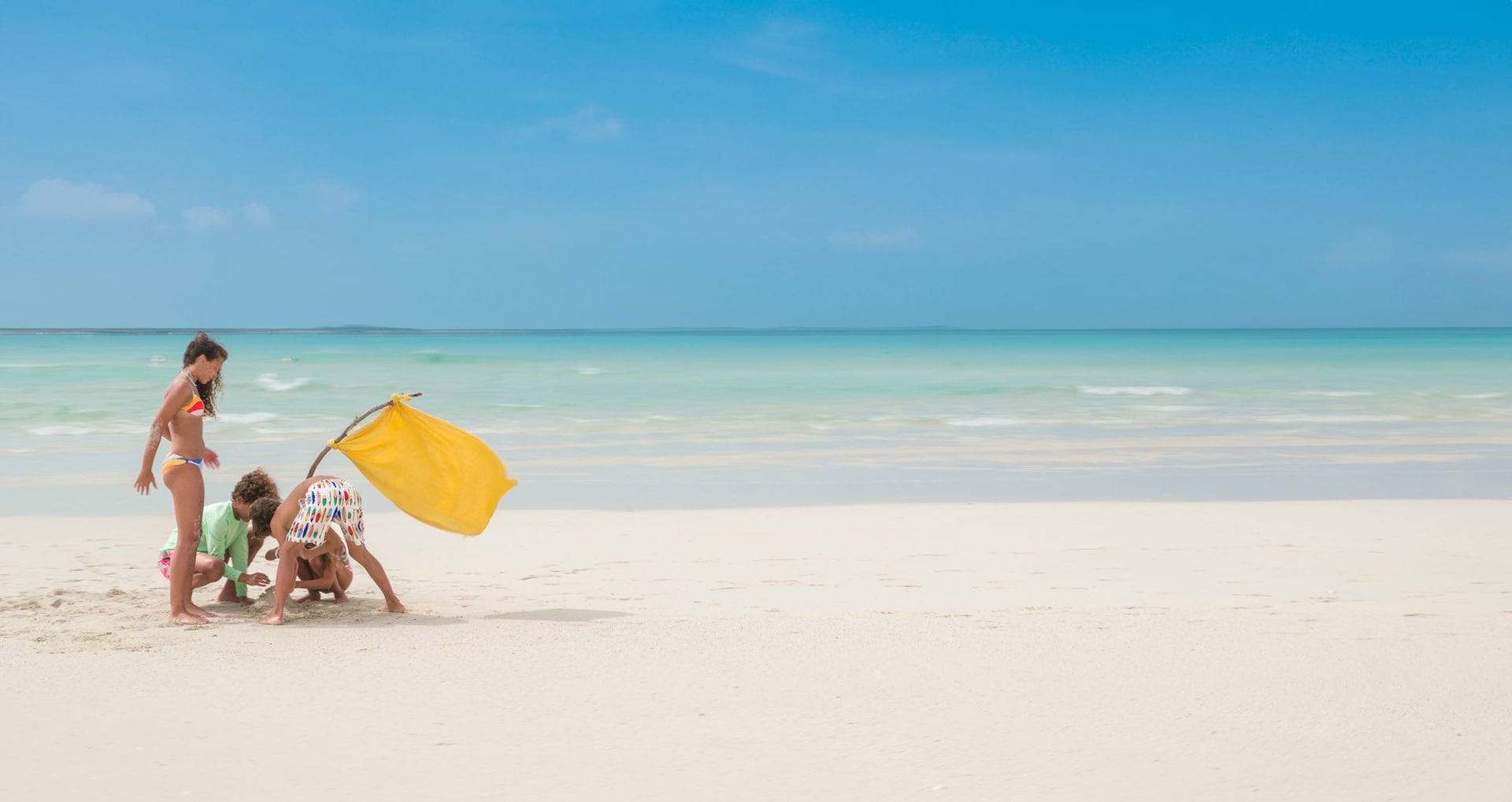
The best time to visit the Turks and Caicos is during February, March, and April, which are peak travel months. December can also be a fantastic time, though it tends to be busier, especially during the holidays. If you plan to travel in December, booking early is highly recommended. May, June, and July are also great months, especially if you’ve got a family beach vacation in mind.
Though the peak season months are great for Turks & Caicos vacation, there are other times you can plan your trip as well. As these islands have a tropical climate, you can expect warm temperatures throughout the year. This means your long-anticipated beach vacation can happen pretty much whenever you feel like taking off.
Like most Caribbean islands, the Turks and Caicos has distinct wet and dry seasons, which can be significant when planning your vacation. The dry season, from December to April, happens right on stream with the peak travel season. The wet season is marked from May to November. During these months there can be higher chances of rain showers. The great news is rain showers in the islands aren’t a vacation deal breaker. Often they are just the right amount of cooling off you need!
Good to know: The Turks and Caicos have average annual temperature ranges from 24°C to 32°C (75°F to 90°F) and enjoy around 350 days of sunshine annually. For more details on when to go, read our guide on the best time to visit Turks & Caicos.
Cultural and historical significance
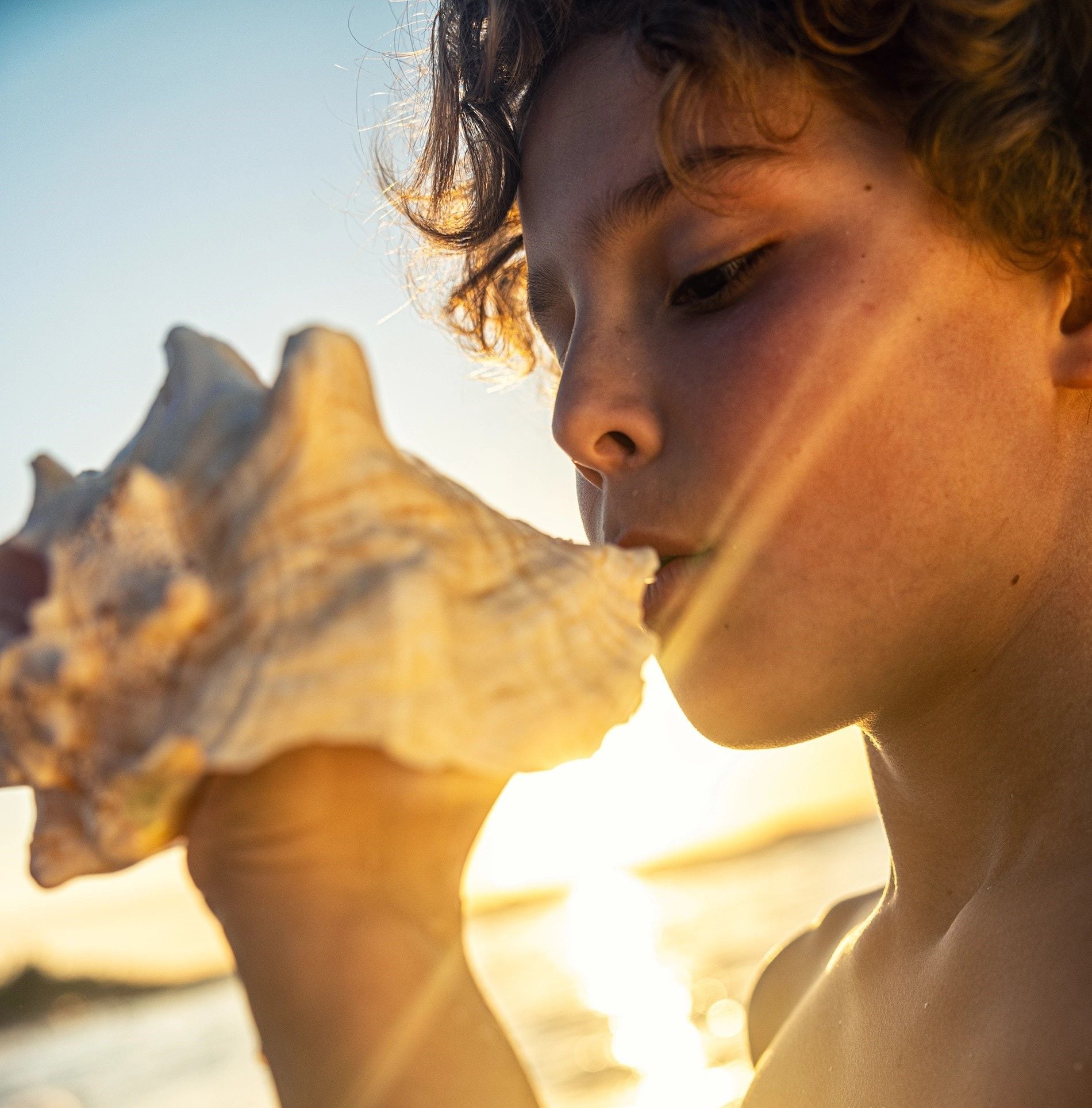
The Turks and Caicos Islands boast a rich cultural heritage shaped by British, Spanish, African, and indigenous Taino and Lucayan influences. The Tainos, believed to be the first settlers, arrived around 700 AD. In the 17th century, the British colonized the islands, and they remain under British rule today. Spanish and European settlers, often accompanied by African slaves, also played a significant role in shaping the islands’ history, with salt production being the primary industry during this period.
Today, the cultural influence of these diverse groups can be seen in the islands’ customs, traditions, and daily life. Most of the people who live in The Turks and Caicos today are descendants of these early settlers, including North Americans who have also contributed to the islands’ development. The vibrant mix of cultures has created a unique identity and it's one of the things Turks and Caicos is known for.
Good to know: Tourism accounts for approximately 65% of the Turks and Caicos’ GDP. These islands have one of the highest GDP per capita in the Caribbean, at USD $31,000.
Turks and Caicos – one of the best dive destinations in the world!
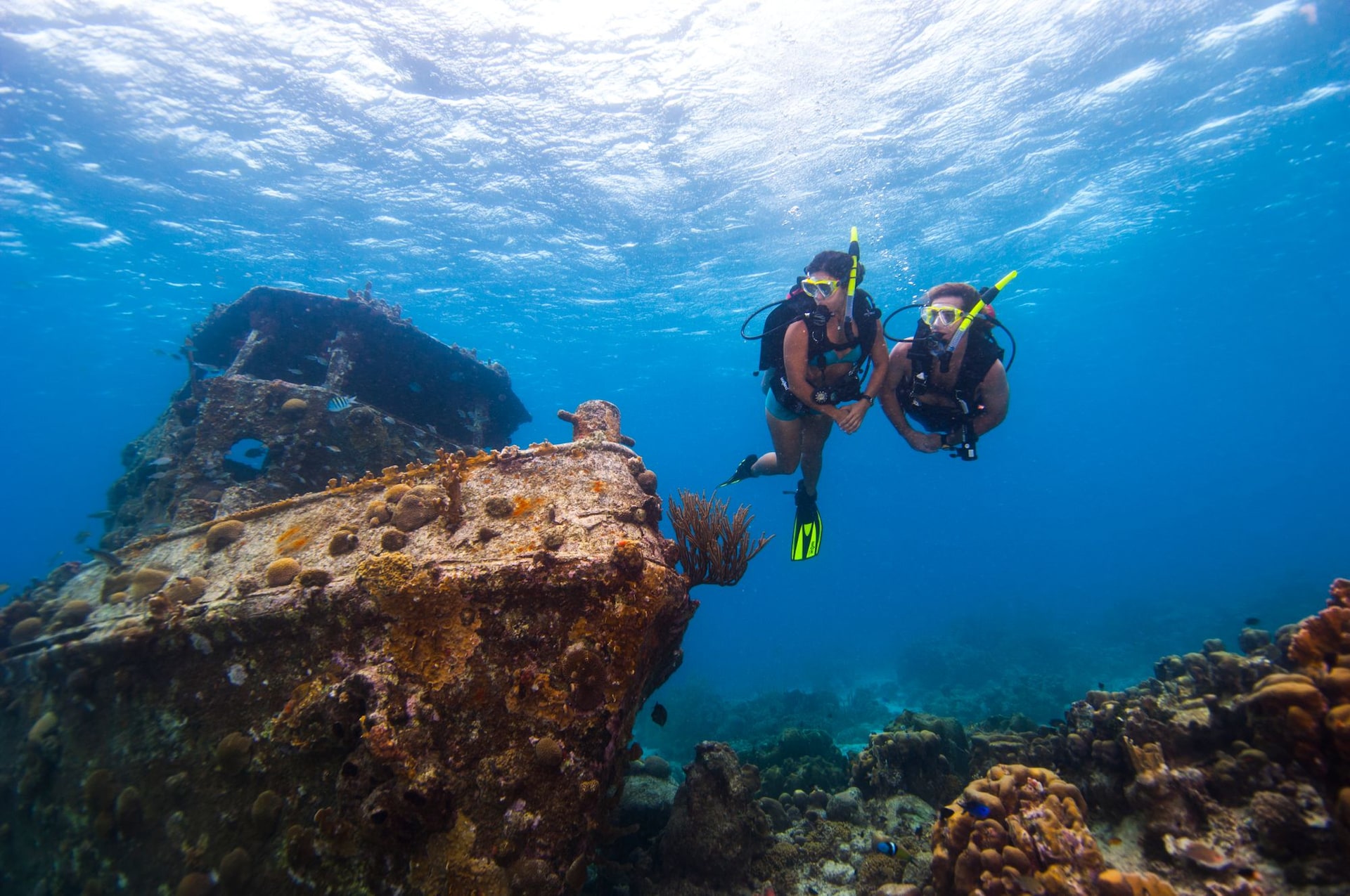
Throughout this article, we’ve touched on the diving possibilities in the Turks and Caicos islands. All-inclusive dive resorts are trendy in these islands, and understandably so. One of the reasons the Turks & Caicos is such an incredible place to dive is because the islands are surrounded by a thriving coral reef system, one of the most extensive in the world. This reef spans over 340 kilometers (211 miles).
Some of the best islands for diving in The Turks & Caicos include Providenciales, West Caicos, Grand Turk, Salt Cay, South Caicos, and others. For Salt Cay in particular, the waters around this island are part of the Columbus National Marine Park and a good choice for unique sightings. If you want to go wreck diving, that's possible too. The HMS Endymion, a British warship that sank in 1790, is a popular dive site located just off the shores of this island.
One thing's for sure, no matter where you choose to dive in the Turks and Caicos islands, chances are high that you’ll come back with raving reviews!
Good to know: Aside from being a wonderful place for a historical deep dive, Grand Turk Island is loved by oceanic explorers with wall dives possible and dramatic drop-offs close to shore. The coral wall starts at about 30 feet and then plummets to depths of over 7,000 feet. And, because there are just so many dive sites around this island, you’re bound to find one that matches your skill level!
Planning your Turks and Caicos islands getaway
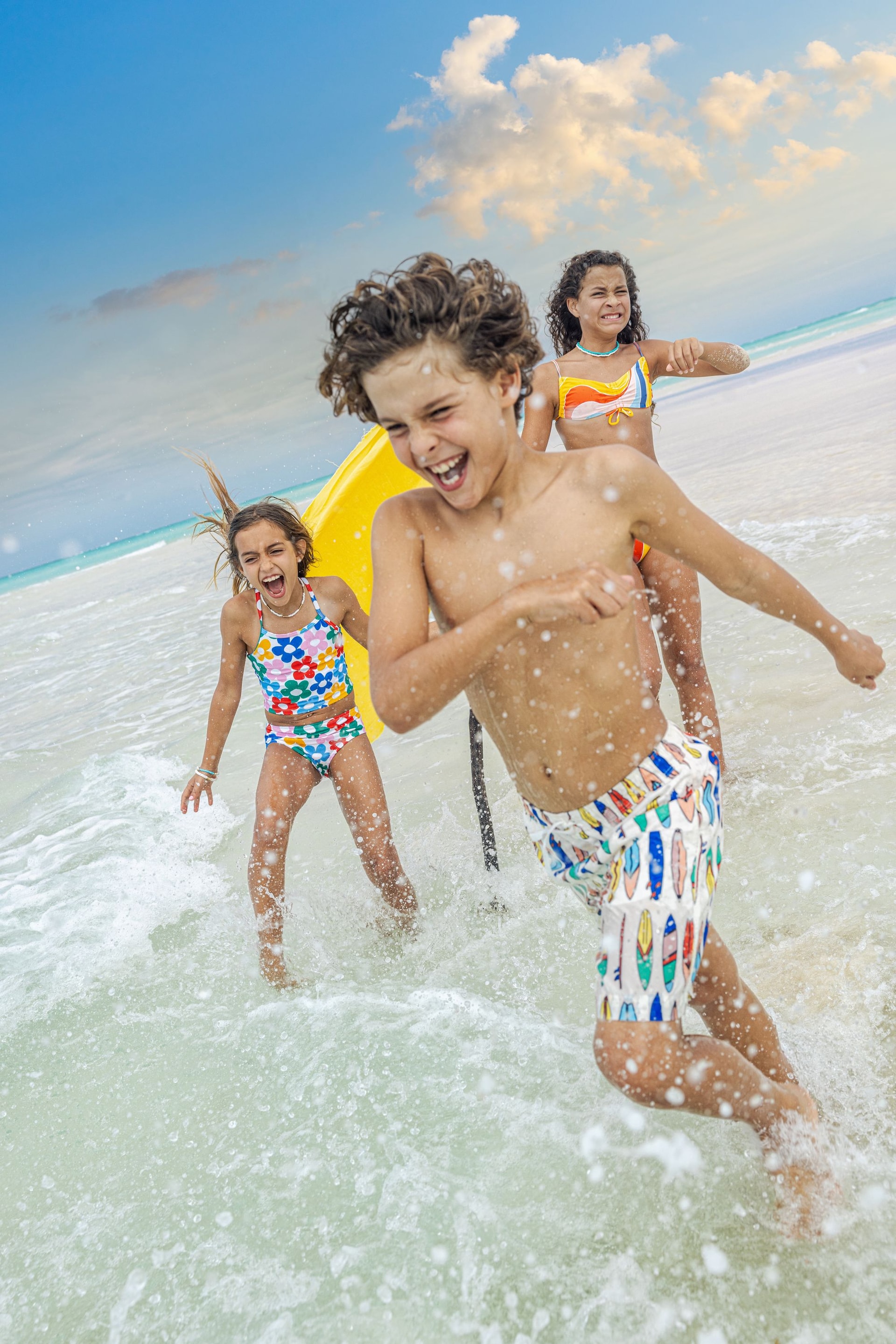
With warm temperatures year-round, the Turks & Caicos Islands rank among the world’s top warm-weather destinations. While this post shines a spotlight on the main islands, there’s still so much more to uncover across this stunning archipelago. Whether it’s your first Caribbean adventure or you’re back for another sun-soaked escape, the mix of thrills and tranquil seaside moments offers plenty of reasons to visit.
For a vacation that combines island exploration with activities for all ages, Turks & Caicos all-inclusive resorts are a great choice. At Beaches Resorts, you’ll enjoy everything from beachfront or ocean view accommodations and themed dining to entertainment, land and water sports, and more—all tailored for the whole family. Want to venture beyond the resort? Add some island excursions to your itinerary and discover the hidden gems scattered across these breathtaking islands and cays. As you start planning, remember: Turks & Caicos is full of surprises, and the best way to experience them is to dive in and explore every turn.

Picture: From the all-inclusive Beaches Turks & Caicos you can plan island excursions including private island picnics and personalized fishing excursions. Or, you can just kick back and enjoy all this beachside resort has to offer!

About Kayra Williams
Born in tropical Saint Lucia, Kayra draws endless inspiration from its beauty. Over her extensive career in journalism, she's worked with numerous newspapers, magazines, and blogs across the region.